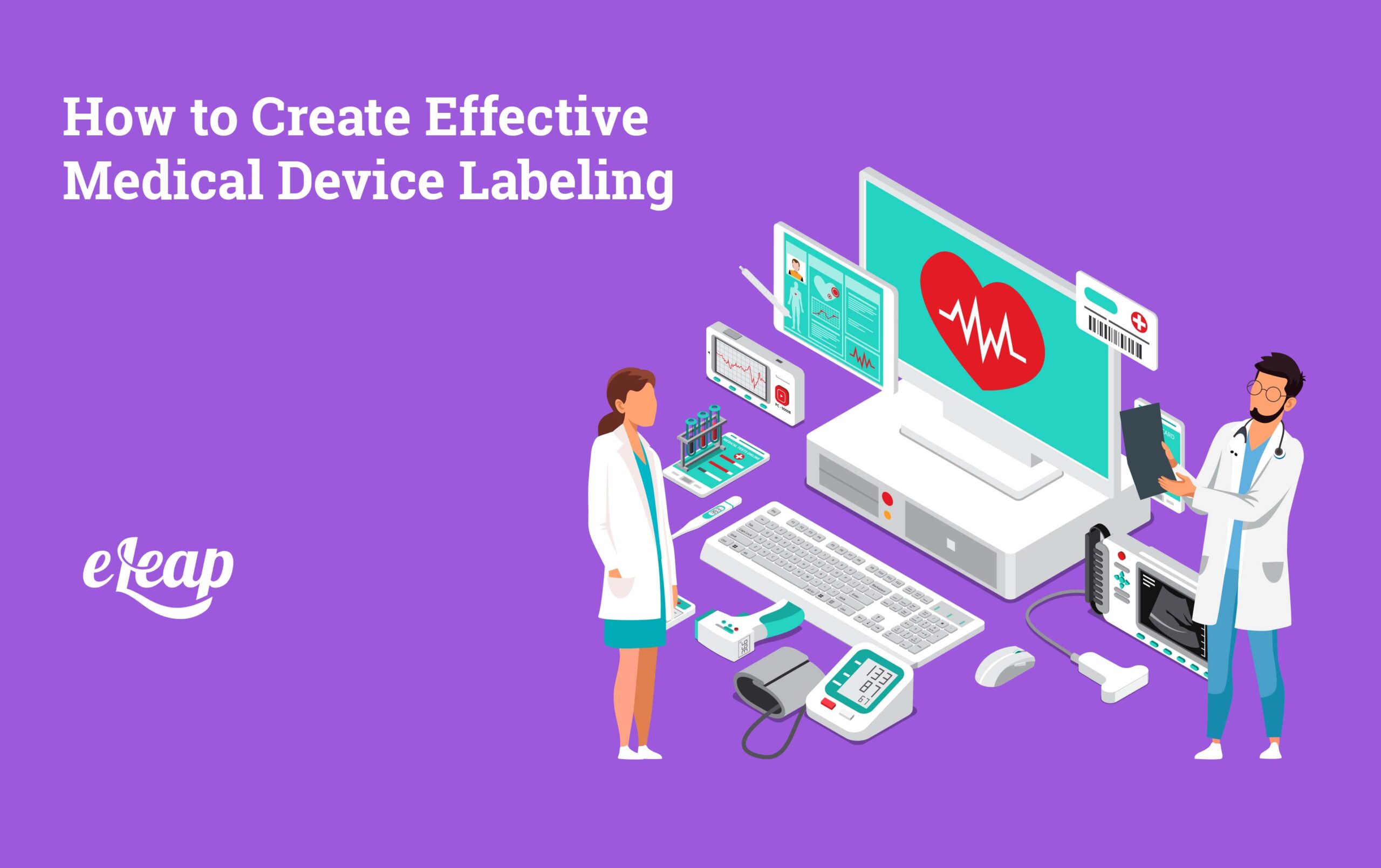How to Create Effective Medical Device Labeling

Medical device labeling is more than a regulatory requirement; it’s critical for patient safety and product usability. Proper labeling ensures that healthcare providers and patients understand how to use the device safely and effectively. This guide will walk you through the essential steps and considerations in creating compliant and effective medical device labels.
FDA Labeling Requirements
The FDA’s labeling requirements for medical devices are outlined in 21 CFR Part 801. Here’s what you need to know:
- General Labeling Provisions
- Manufacturer Information: Include the name and address of the manufacturer, packer, or distributor.
- Intended Use: Clearly state the device’s intended use, ensuring it aligns with FDA approvals.
- Warnings and Precautions: Highlight any potential risks, contraindications, and precautions.
- Instructions for Use: Provide detailed instructions on how to use the device safely and effectively.
- Special Requirements for Unique Device Identification (UDI) and Over-the-Counter Devices
- UDI Requirements: All devices must include a unique identifier, which helps with tracking and traceability.
- OTC Devices: Over-the-counter devices must have clear, easy-to-understand labels that include all necessary information for safe use.
- Exemptions and Specific Device Requirements
- Class I Devices: Some low-risk devices may be exempt from certain labeling requirements.
- Class II and III Devices: Higher-risk devices have more stringent labeling requirements, including detailed instructions and warnings.
Quality System Regulation (QSR) for Labeling

The FDA’s Quality System Regulation (21 CFR Part 820) includes specific requirements for labeling and packaging controls. Here are the key components:
- Label Integrity: Ensure labels remain intact and legible throughout the product’s lifecycle. This includes selecting durable materials and adhesives that withstand various environmental conditions.
- Labeling Inspection: Implement regular inspection protocols ensuring labels are applied correctly and meet all regulatory requirements. Inspections should check for accuracy, legibility, and proper placement.
- Labeling Storage: Store labels in a controlled environment to prevent damage and degradation. Proper storage conditions include temperature and humidity control.
- Labeling Operations: Establish procedures to prevent mix-ups during the labeling process. This includes clear labeling of storage areas and using automated systems where possible.
- Control Number: Assign control numbers to each label batch to facilitate traceability and quality control. This helps in tracking labels back to their manufacturing records.
Effective Labeling Strategies
Creating clear and effectual labels involves several best practices:
- Design Tips
- Simplicity: Use simple and direct language to convey essential information.
- Readability: Choose a legible font size and type. Avoid clutter by prioritizing essential information.
- Highlight Key Information: Use bold text or color to highlight critical warnings and instructions.
- Consistency: Maintain a consistent design across all labels to avoid confusion.
- Avoid Common Pitfalls
- Ambiguous Instructions: Ensure all instructions are unambiguous.
- Small Font Sizes: Avoid using fonts that are too small to read.
- Overcrowded Labels: Don’t cram too much information into a small space. Use additional labels or inserts if necessary.
- Case Studies of Successful Labeling Practices
Reviewing case studies can provide valuable insights into what works and what doesn’t. Look for examples of labels that have successfully navigated FDA audits and received positive feedback from users.
Technological Solutions for Label Management
Implementing technology can streamline the labeling process and enhance compliance. Here are some solutions:
- eQMS (Electronic Quality Management Systems)
Using an eQMS can help manage labeling more effectively. Features like version control, audit trails, and automated compliance checks ensure that labels meet all regulatory requirements.
- Benefits of Top Label Management Tools
Top label management tools offer features such as:
- Version Control: Track changes to labels over time.
- Automated Checks: Ensure compliance with regulatory requirements.
- Integration with Other Systems: Seamlessly integrate with other quality management and production systems.
- Streamlining Compliance and Documentation
Using technology to manage labels can reduce errors and streamline compliance. Automated documentation ensures that all changes are tracked and easily accessible during audits.
By focusing on these main areas, you can create effective, compliant medical device labels that meet regulatory requirements and ensure user safety and satisfaction.
Conclusion
Creating compelling medical device labeling is vital for ensuring regulatory compliance, patient safety, and usability. You can produce labels that meet all necessary standards by adhering to FDA requirements, implementing robust QSR controls, and utilizing best practices in label design. Incorporating solutions like eQMS can further streamline the labeling process and enhance compliance. You’ll ensure that your medical device labels are clear, accurate, and reliable, ultimately supporting better patient outcomes and facilitating smooth regulatory audits following these guidelines.